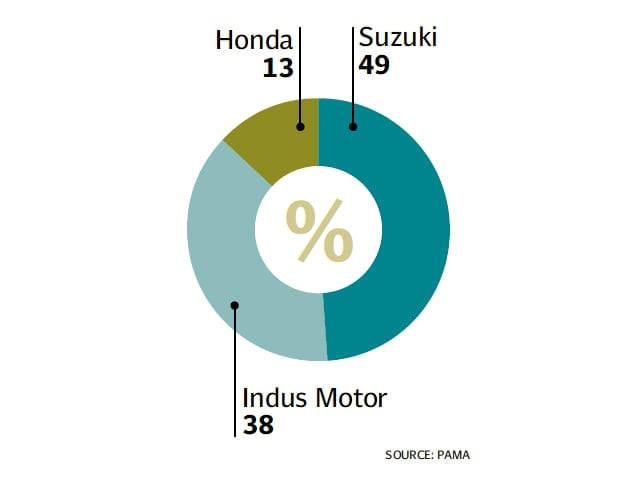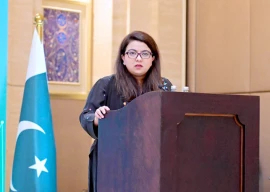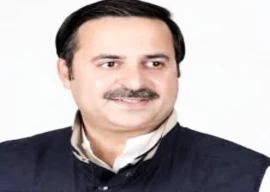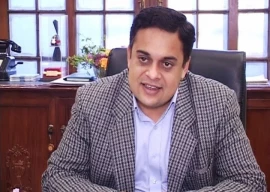
Talking to journalists in a briefing on Thursday, he said the decrease in import duties should be gradual in order to increase annual output of the local auto industry from the current 160,000 units to 500,000 units by 2022.
“The first AIDP, which was initiated in 2006-07, could not achieve its objectives because of economic slowdown, under-utilisation of installed capacity of the local industry and heavy imports of used cars,” he said.
The volume of the auto market in the next fiscal year is expected to remain almost equal to the current level with projected sales of 220,000 vehicles, including 160,000 locally assembled units. The number of used vehicles imported until April is expected to have exceeded 41,000, he said.
Pakistan Automotive Manufacturers’ Association (PAMA) and Pakistan Association of Automotive Parts and Accessories Manufacturers (PAAPAM) held a meeting with EDB on May 7 to present their suggestions in response to the board’s proposal that 40% tariff should be imposed on CBUs of up to 1,000cc.
The current tariff for vehicles of this category ranges between 50% and 55%. PAMA and PAAPAM have suggested that the tariff should be 50% and 55% for vehicles of 800cc and 1,000cc, respectively.
One of the major disagreements between EDB and the auto industry is over the tariff rates on non-localised and localised CKD kits. EDB wants to reduce the duty on non-localised CKD kits from the current level of 32.5% to 20% over the next five years. On the contrary, the auto industry has proposed that the rate should be 30% in the first two years, 27.5% in the third and fourth years and 25% in the fifth year in order to encourage investment and protect the interests of local vendors.
Ghias said the industry rejected the proposal because it was likely to hurt the interests of local assemblers, who had made heavy investments over the past years.
Published in The Express Tribune, May 11th, 2012.


















COMMENTS
Comments are moderated and generally will be posted if they are on-topic and not abusive.
For more information, please see our Comments FAQ